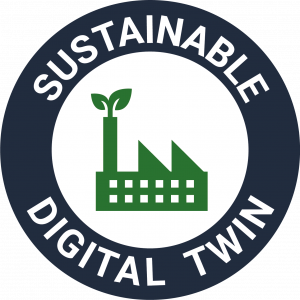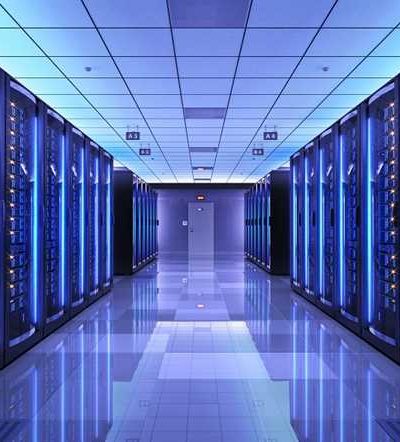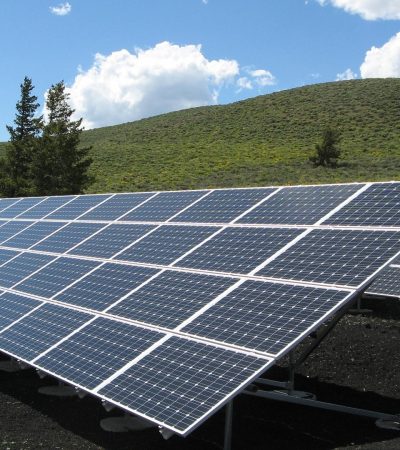What are Sustainable Digital Twins?
A Slingshot imagining of what Sustainable Digital Twins mean to us…
At Slingshot Simulations, we define a digital twin as a simulated portrayal of an authentic entity. We align with the Digital Twin Consortium’s definition as a virtual representation of real-world entities or processes.
Furthermore, (as uncovered further in our digital twin blog series) a digital twin is a digital environment that reflects on, mirrors, and evolves ahead of the physical environment.
Building on this, a Sustainable Digital Twin: integrates and analyses data, simulates outcomes, and is implemented in a sustainable way while focusing on sustainable outcomes.

1) Implementation in a sustainable way
In order to be categorised as a Sustainable Digital Twin, a user’s data must be utilised to its full potential and dealt with sustainably.
Unused and unmanaged data is known as Dark Data, data not used to derive insights or decision making, but which is still stored by an organisation or individual. This data storage results in spinning hard drives, burning enormous amounts of CO2. Between 50% and 80% of all existing data is estimated to be dark. Subsequently, this leads to more than 6.4 million tonnes of CO2 emissions being released into the atmosphere each year. This is the equivalent of 3,900,000 households of average energy consumption.
However, incorporating Dark Data into a Sustainable Digital Twin allows it to uncover holistic value and derive meaning, bringing the stagnant data into the light. Furthermore, using data often and for multiple purposes allows it to be recycled and all of its inherit value may be accessed within a circular economy.
Secondly, the computing behind the creation, maintenance and implementation of the Sustainable Digital Twin should be responsible. How do we efficiently perform computations? How do we store the data effectively? For example, the consumption of computing resources (energy used to run the systems) may be provided from renewable sources or offset through carbon trade-off schemes.
2) A direct sustainable outcome
The results of creating a Sustainable Digital Twin may also have a direct sustainable outcome. In this case, environmental simulations are undertaken which produce conclusions to positively, and directly, impact the environment. On the other hand, sustainability refers to long lasting solutions which therefore must be economically maintainable so a Sustainable Digital Twin should also take into account economic sustainability where possible.
Building digital twins to combat sustainability issues can allow the user to uncover results which benefit both the environment and the economy.
For an organisation to prioritise sustainability, they must continuously review their data and identify positive changes which can be made.

How can Sustainable Digital Twins be brought to life?
The following case studies provide a flavour of different types of Sustainable Digital Twin:
Rainforest deforestation-
Here at Slingshot Simulations, we work with a conservation organisation the Rainforest Trust, to create Digital Twins of rainforest land in the tropics.
This allows Monitoring Specialists to identify the landscapes most in need of immediate protection to prioritise threatened species and have the most impactful positive effect on the planet. Economically, the Rainforest Trust may buy the most effective sections of land, to save the most impactful acres for wildlife protection.


Optimising data centres-

Data centres, dedicated physical spaces which store computer systems and house servers, are significant contributors to carbon emissions.
The mechanical movements within the Computer Processing Units (CPUs) and the continuous spinning of hard drives requires large amounts of electricity and therefore cooling capabilities.
A Digital Twin of this process could identify potential alterations to reduce data duplications in storage (Dark Data usage) and also enhance performance in the centres to minimise unnecessary power usage. Our previous work in this field has shown that a Digital Twin can uncover small but impactful changes to data centre management that can see benefits as high as 70% energy reduction which correlates to cost savings.
Solar panel mapping-
To maximise the impact of solar panels, a Sustainable Digital Twin may be set up to simulate factors such as: incident solar radiation, radiance values, shading and temperature. This could be done on the scale of solar panel farms or through the mapping of the impact of solar panels on individual housing to discover the optimal influence on energy saving.
Importantly this could look at how areas of economic deprivation which most benefit from being able to produce their own energy, particularly in an energy crisis, could access these types of solutions.

Sustainable traffic patterns –

Transport Digital Twins can be used to find optimal routes for various types of vehicles to drive through in order to reduce emissions and pollution. Through twinning, optimal routes for vehicles to follow may be discovered. For example, with a portion of controlled traffic following a specific changed route, shorter waiting times at traffic lights would lead to lower releases of exhaust fumes into the atmosphere.
What does this mean for your sustainable journey?
Incorporating a Sustainable Digital Twin will allow effective data management to utilise or eliminate unnecessary Dark Data, reducing the cost and environmental impact of storing unused and unmanaged data.
It opens the potential for analysing and simulating data. Providing solutions to problems and allowing positive sustainable impacts as a result.
Furthermore, the ability to engage in storytelling through a Digital Twin is necessary to illustrate the sustainable impact, as well as its economic results.
Find out more about our sustainable journey here at Slingshot.
Here at Slingshot, we use graphs in order to create both dimensions of Sustainable Digital Twin (economic and environmental). We adopt this automated knowledge graph-based approach that will link both contexts to ensure sustainable outcomes.
